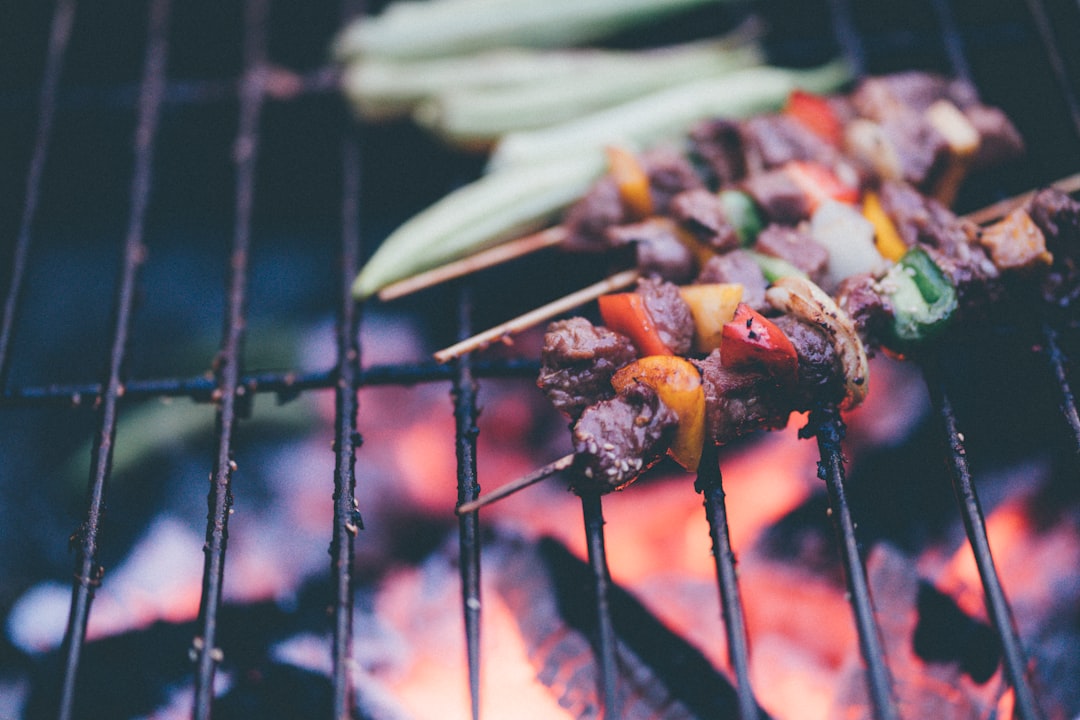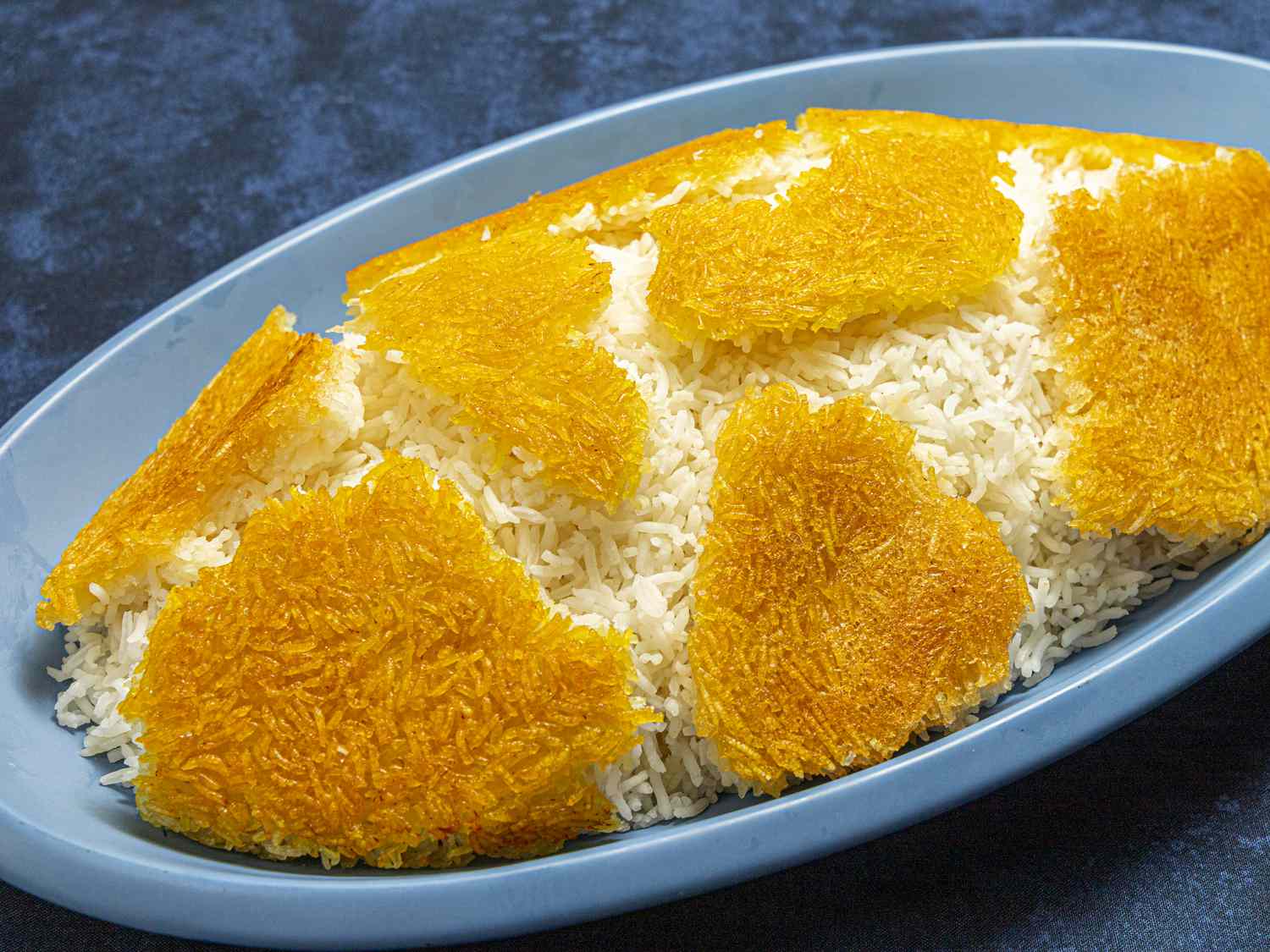Iranian cuisine, or Persian food, is a treasure trove of flavors, textures, and culinary history. The dishes are deeply rooted in Iran's rich culture, influenced by its diverse regions, ancient traditions, and the fusion of various ethnic influences over millennia. Whether you're exploring the heart of Persian cuisine or simply curious about what to try first, there are a few iconic dishes you simply must experience.
In this post, we’ll introduce you to three of Iran's most beloved and famous dishes: Chelow Kebab, Ghormeh Sabzi, and Fesenjan. Each of these dishes is a perfect representation of the balance, complexity, and warmth of Persian cooking. Let's dive in!
🍖 Chelow Kebab: The Heart of Persian Comfort Food
Chelow Kebab is perhaps the most iconic of all Persian dishes and undoubtedly the star of many family gatherings and special occasions in Iran. It’s the quintessential Persian meal, beloved for its simplicity and delicious flavors.
What is Chelow Kebab?
-
Chelow refers to Persian rice, which is prepared to be fluffy, aromatic, and slightly crispy on the bottom. The rice is often cooked with a bit of saffron, making it bright yellow and fragrant.
-
Kebab refers to skewered meat that is typically grilled over an open flame. The meat is often lamb, beef, or chicken, marinated in a mixture of onions, saffron, yogurt, and spices to tenderize it and infuse it with rich flavors.
Why You Should Try It:
-
Texture and Flavor: The juicy, tender kebabs paired with the fluffy, buttery rice create a satisfying combination of textures and flavors. The slight char on the kebabs and the crunchy, golden crust of the rice, known as tahdig, are highlights of this dish.
-
Occasions: Chelow Kebab is often enjoyed during family celebrations, picnics, and Persian New Year (Nowruz). It’s a dish that unites people around the table, making it a true comfort food in Persian culture.
Whether you’re at a traditional Persian restaurant or having it at a family gathering, Chelow Kebab is a must-try dish that offers a true taste of Iran’s culinary soul.
🌱 Ghormeh Sabzi: The Persian Herb Stew
Another iconic Persian dish, Ghormeh Sabzi is a herb-infused stew that’s often considered the national dish of Iran. This flavorful, fragrant dish is made from a blend of fresh herbs, tender meat, and a variety of spices.
What is Ghormeh Sabzi?
-
Meat: It’s typically made with lamb or beef, although some variations include chicken. The meat is slowly cooked to tender perfection in a pot.
-
Herbs: The stew is the centerpiece of this dish, made with a mixture of parsley, spinach, fenugreek, and cilantro, giving it a deep, herbal flavor.
-
Kidney Beans: Small kidney beans are added to the stew for added texture and substance.
-
Dried Limes (Limoo Omani): These add a unique tangy and slightly sour flavor to the stew, which balances out the richness of the meat and herbs.
Why You Should Try It:
-
Complex Flavor: The combination of herbal freshness and tart citrus makes Ghormeh Sabzi a multi-layered dish that’s both comforting and refined.
-
A Taste of Iran’s Roots: This dish has been passed down through generations and is often cooked with love in Persian households. It’s the ultimate Persian stew, served with a side of steamed rice.
-
Tradition: Ghormeh Sabzi is often made for special occasions and gatherings, and it’s also a common dish for Nowruz (the Persian New Year).
If you're looking to experience a deeply traditional and flavorful dish that captures the essence of Persian cuisine, Ghormeh Sabzi should definitely be on your list.
🍇 Fesenjan: The Sweet and Savory Delight
Fesenjan is a pomegranate and walnut stew that holds a special place in Persian cuisine. Known for its rich, velvety sauce, this dish combines the sweetness of pomegranate with the nutty depth of ground walnuts, creating a flavor profile that’s both complex and intriguing.
What is Fesenjan?
-
Meat: Traditionally made with chicken or duck, Fesenjan is often enjoyed during festive occasions and is served with steamed rice.
-
Pomegranate and Walnuts: The dish's signature flavors come from the pomegranate molasses and ground walnuts. These ingredients are slowly simmered with the meat, creating a rich, slightly tangy sauce.
-
Spices: The stew is also flavored with a blend of spices, including cinnamon, turmeric, and sometimes a hint of saffron. These spices enhance the overall flavor profile and give Fesenjan a depth that is both sweet and savory.
Why You Should Try It:
-
Balance of Flavors: The combination of sweet and savory elements in Fesenjan is nothing short of magical. The tartness of pomegranate balances the earthiness of walnuts, while the chicken or duck adds a rich, savory depth.
-
Festive Dish: Fesenjan is a dish often reserved for celebrations, such as weddings, holidays, and family gatherings. Its intricate flavor makes it a showstopper on any table.
-
Cultural Significance: As with many Persian dishes, Fesenjan holds cultural significance and symbolizes the luxury and hospitality of Persian cooking.
If you love the combination of sweet and sour in your meals, Fesenjan offers a unique opportunity to explore this perfect harmony.
🍽 A Taste of Persian Culinary Tradition
These three iconic Persian dishes—Chelow Kebab, Ghormeh Sabzi, and Fesenjan—are the heart and soul of Iran's diverse and rich culinary heritage. Whether you're savoring the comforting taste of a juicy kebab with fluffy rice, enjoying the earthy herb-filled stew, or indulging in the complex sweetness of pomegranate and walnut, these dishes each tell a story of tradition, culture, and the shared joy of eating together.
If you're ever in Iran or at a Persian restaurant, these dishes should definitely be on your list to try. They are more than just food—they are a celebration of the Iranian spirit, hospitality, and the beauty of Persian culinary art. So, grab your fork, enjoy the flavors, and dive into the richness of Persian cuisine!
Conclusion: The Essence of Persian Cuisine
From grilled kebabs to herb-laden stews and sophisticated pomegranate dishes, Persian cuisine is as varied as it is delicious. Chelow Kebab, Ghormeh Sabzi, and Fesenjan represent the richness of Persian food and its ability to balance sour, sweet, and savory flavors. So the next time you're craving something unique and flavorful, look no further than these iconic Persian dishes!





